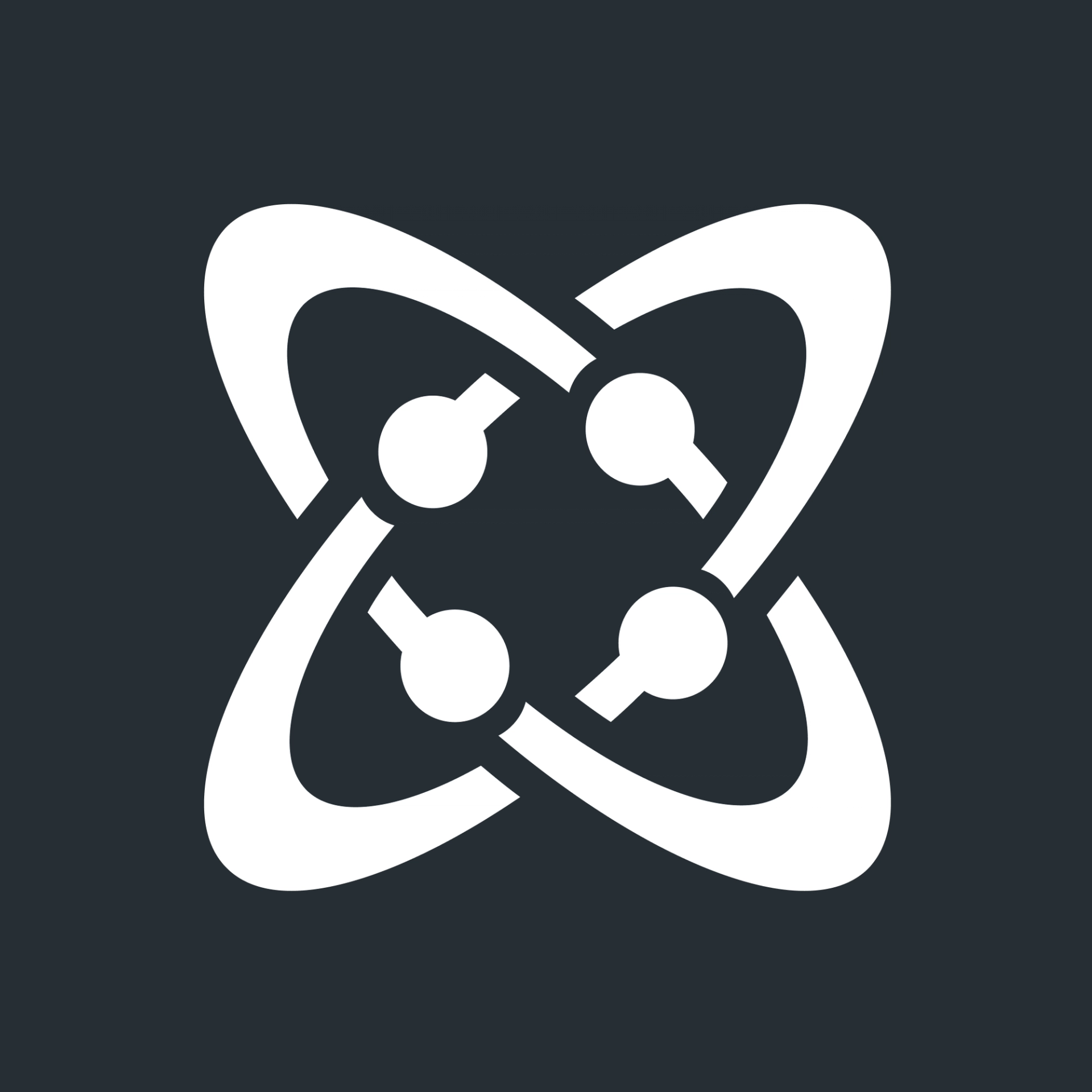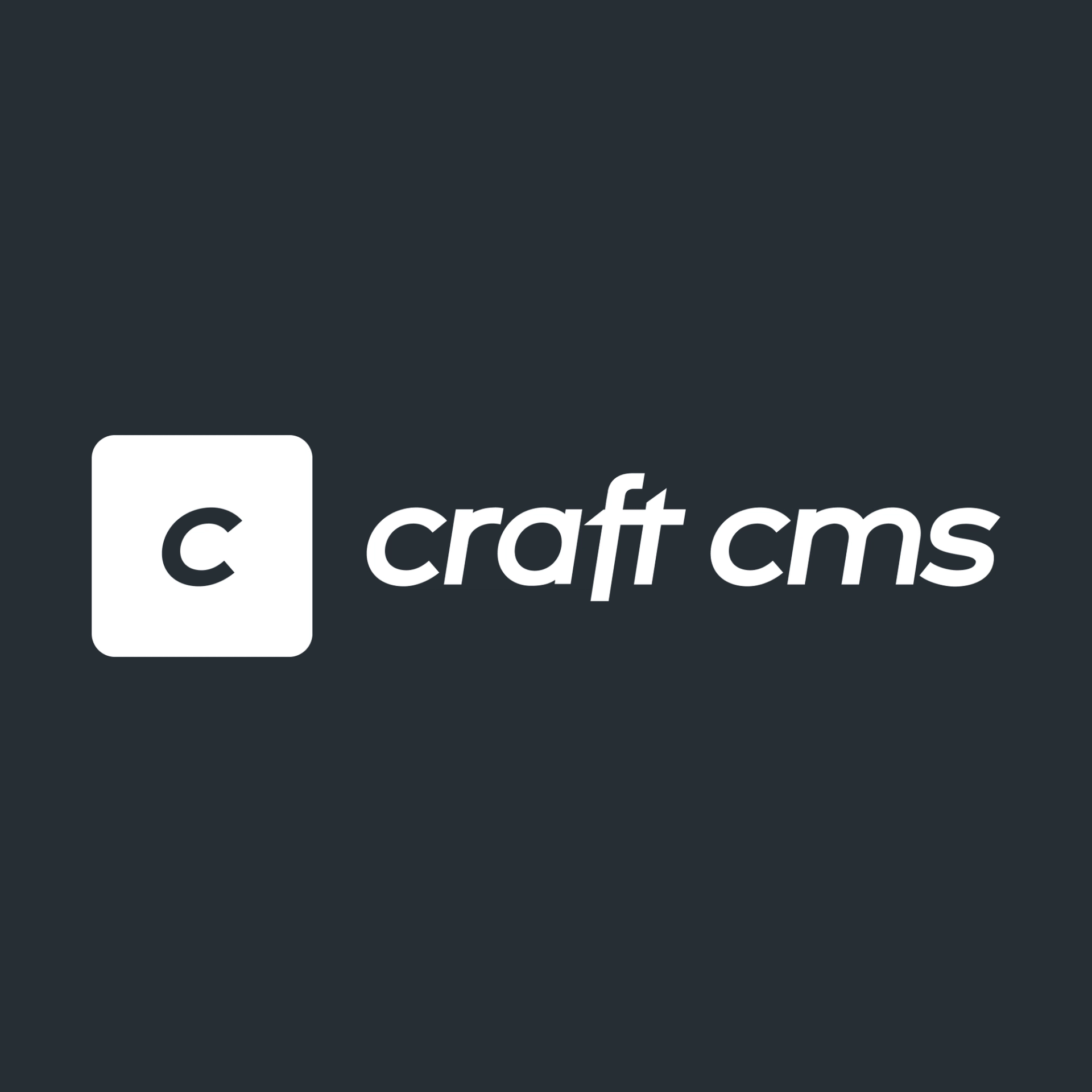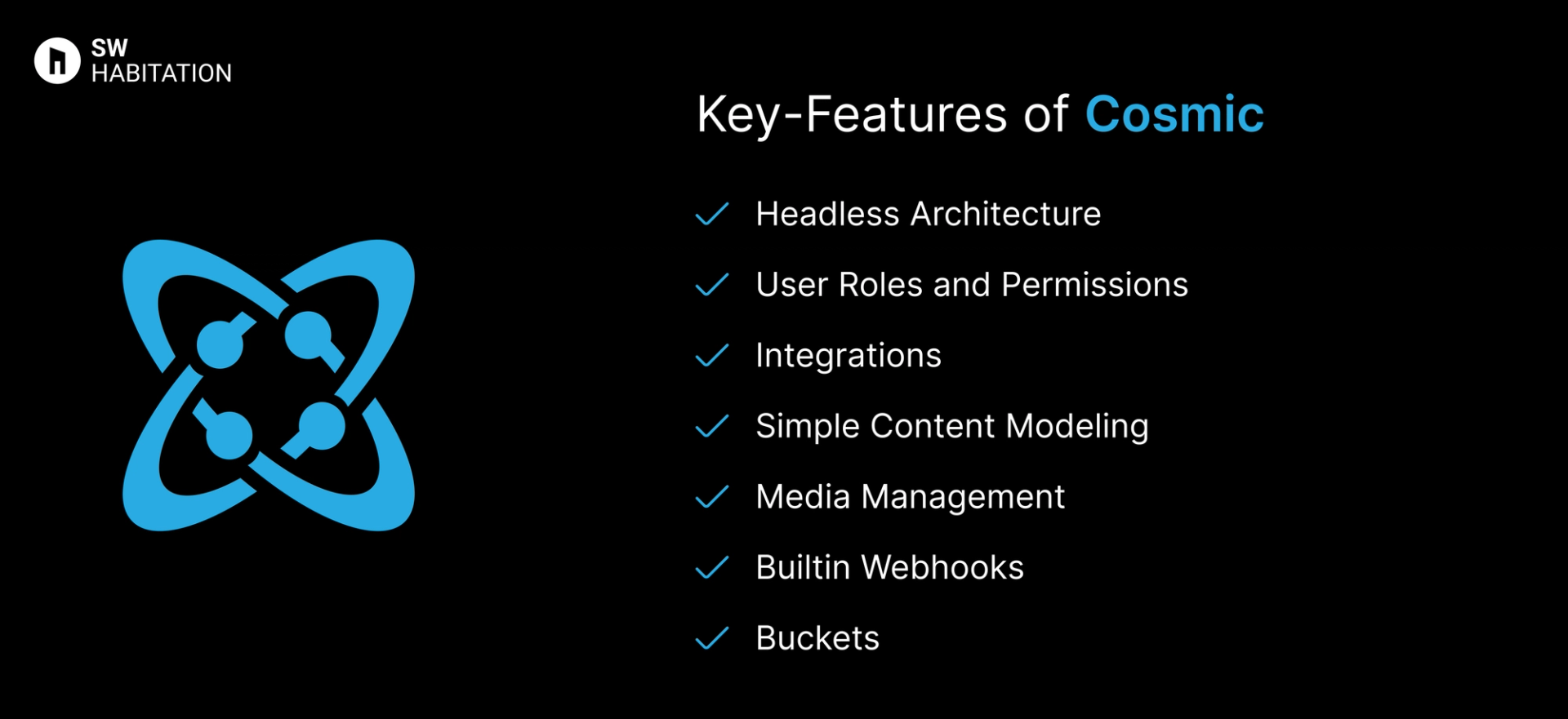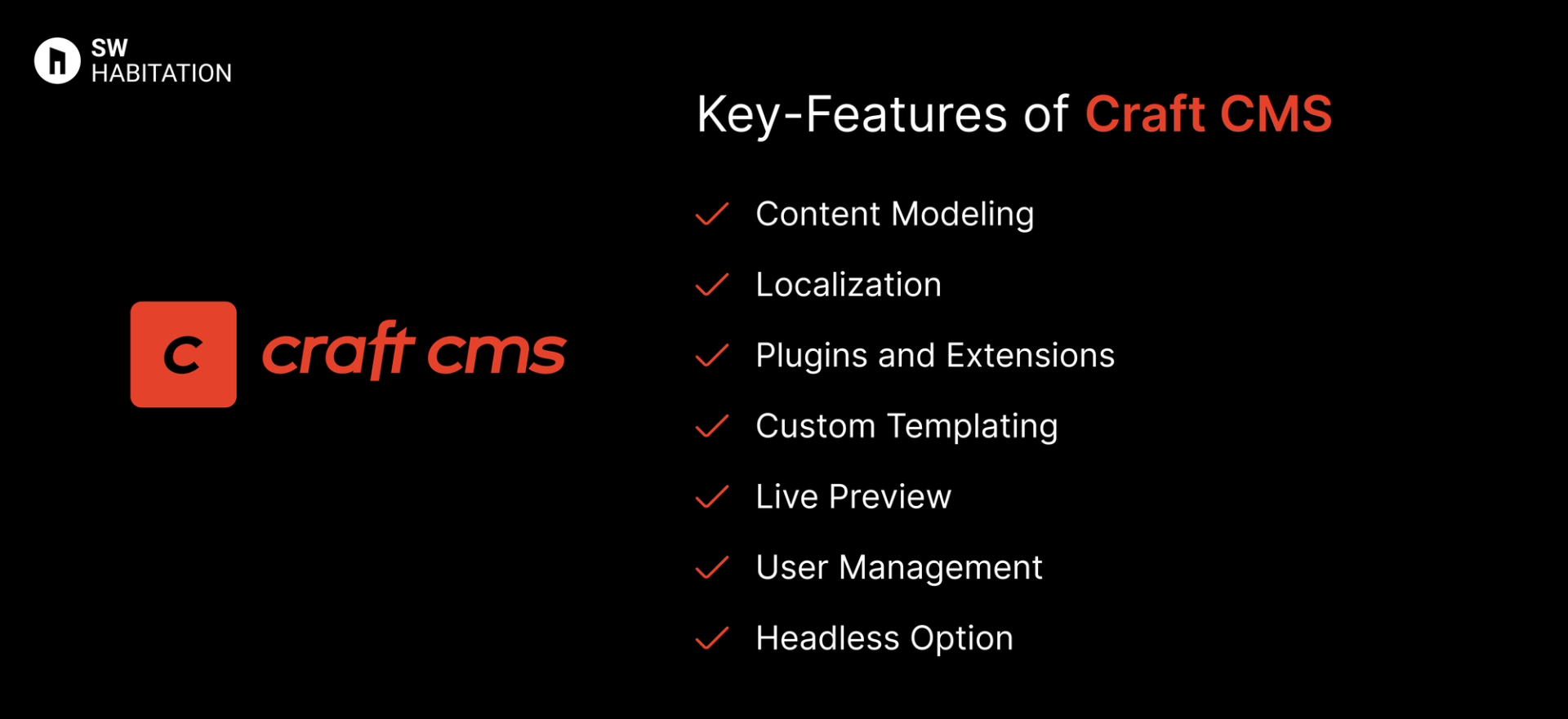Cosmic vs. Craft CMS

Cosmic

Craft CMS
You know, when you wanna make a website or a blog but don’t wanna mess with too much code? That’s where a CMS (Content Management System) comes in. It’s like a super easy tool that helps you add text, pictures, and videos to your site without needing to be a tech genius. You just log in, click a few buttons, and your content is live. It's quite simple, right?
What is Cosmic?
Cosmic is a headless CMS that allows you to manage content in the cloud and deliver it anywhere using APIs.
Just think of it as a content hub that lets you focus on creating and organising your content while it handles the heavy lifting of content delivery.
It’s popular among developers for its simplicity and flexibility. Whether you’re building a website, mobile app, or even a voice assistant, Cosmic makes it easy to pull content into any project.
Key Features of Cosmic


- Headless Architecture: It deliver content anywhere with its API-first approach.
- User Roles and Permissions: Manage access control for different team members.
- Integrations: Works well with frameworks like Next.js, React, and Vue.
- Simple Content Modeling: Create custom content structures without hassle.
- Media Management: Upload and manage media files effortlessly.
- Builtin Webhooks: Automate workflows by triggering events when content changes.
- Buckets: Organize content into “buckets” to keep everything neat and tidy.
Advantages of Cosmic
- Flexible: It works with any tech stack.
- Easy Setup: Get up and running in minutes with minimal configuration.
- Great for Small Projects: It's perfect for blogs, portfolios, and marketing sites.
- Content Buckets: It organize content smartly for easier management.
- API-First Approach: Ideal if you love working with APIs.
Disadvantages of Cosmic
- Pricing Can Add Up: Costs increase as content needs grow.
- Limited Free Plan: The free tier has some restrictions.
- Not Ideal for Large Projects: Lacks the complexity needed for enterprise-level projects.
What is Craft CMS?
Craft CMS is a content-first CMS that gives developers complete control over their content structure and front-end design.
Unlike traditional CMS platforms that come with pre-built templates, Craft takes a more hands-on approach, you can build everything from scratch, making it super customisable.
Key Features of Craft CMS


- Content Modeling: Structure your content however you like with fields and relationships.
- Localization: Native support for multi-language content.
- Plugins and Extensions: Expand functionality with a rich plugin ecosystem.
- Custom Templating: Use Twig, a simple templating language, for front-end.
- Live Preview: See changes in real time before publishing.
- User Management: Manage user roles and permissions easily.
- Headless Option: Use Craft as a headless CMS with GraphQL or REST APIs.
Advantages of Craft CMS
- Highly Customizable: Total control over your content structure and front-end.
- Active Community: Plenty of plugins and community support.
- Scalable: Handles both small projects and large, complex sites.
- Great Developer Experience: Clean code, easy templating, and robust documentation.
- Built-in Localization: Native support for multilingual sites.
Disadvantages of Craft CMS
- Setup Time: It takes longer to set up compared to plug-&-play CMS options.
- Not Beginner-Friendly: It requires some coding knowledge.
- Paid License: No free tier, you’ll need a license to use it.
Comparison Between Cosmic vs Craft CMS
Use Cases of Cosmic
- Small Projects: Portfolios, blogs, and marketing sites.
- Projects with Simple Content Structures: No need for overly complex setups.
- Developers Who Love APIs: Pull content into any front-end framework easily.
- Startups: Quick setup with minimal infrastructure.
Use Cases of Craft CMS
- Custom Websites: When you need total control over your front-end design.
- Headless Implementations: Use Craft’s APIs to serve content anywhere.
- Complex Content Structures: Projects that require complex content relationships.
- Agencies and Freelancers: Ideal for building unique, high-performance websites.
Other Resources
Conclusion
Headless CMS platforms make managing your website very simple and easy. Whether you’re running a blog, online store, or business, they handle the tough stuff so you can focus on your content.
With a user-friendly interface and the ability to work with any technology, you can create a site that really fits your needs.
These platforms are flexible, secure, and can grow with you. They offer features like custom content, easy editing, and integrations with other tools. Choose the one that fits your requirements and start building your dream website today 🚀
Frequently asked questions
What is Cosmic?
Cosmic is a headless CMS that helps you manage content through an easy-to-use dashboard while serving it via APIs.
Do I need to know coding to use cosmic?
Nup Not really. You can manage content without coding, but developers can use its APIs for custom setups.
Can I use Cosmic with React or Next.js?
Yup, Cosmic is super friendly with React, Next.js, and other frameworks.
Is Cosmic free?
There’s a free plan for small projects, but you’ll need a paid plan for bigger sites or more features.
Does cosmic support media files like images and videos?
Yes, You can upload and manage media files directly in the dashboard.
What is Craft CMS used for?
It’s used for creating custom websites where you need full control over the design and content.
Is craft cms beginner-friendly?
It’s a bit more technical than some other CMSs, so it’s ideal if you’re comfortable with web development.
Can I use Craft CMS with React or Next.js?
Yes, but you’ll need to set up an API to make it work smoothly with frontend frameworks.
Is Craft CMS free?
No, but it offers a one-time license fee, which can be more affordable for long-term projects.
Does craft-cms offer built-in SEO tools?
Not out of the box, but you can add plugins for SEO features.
